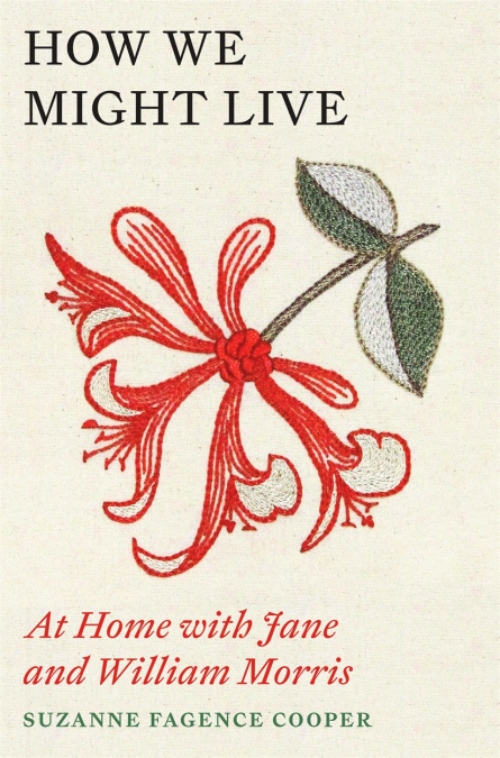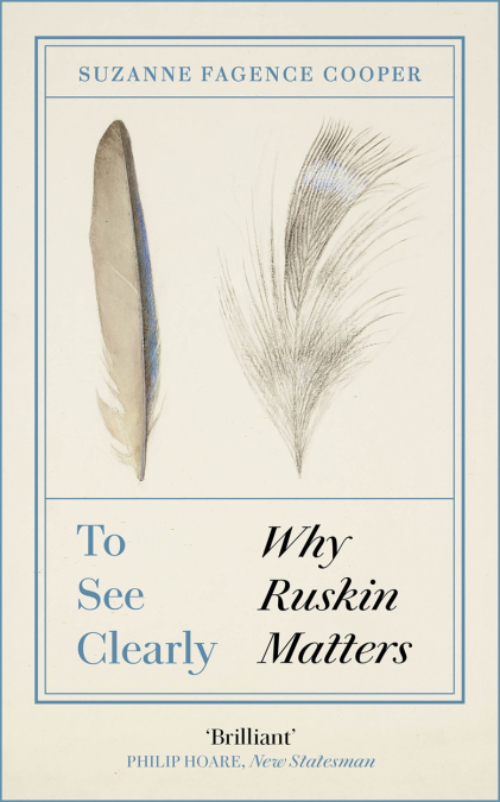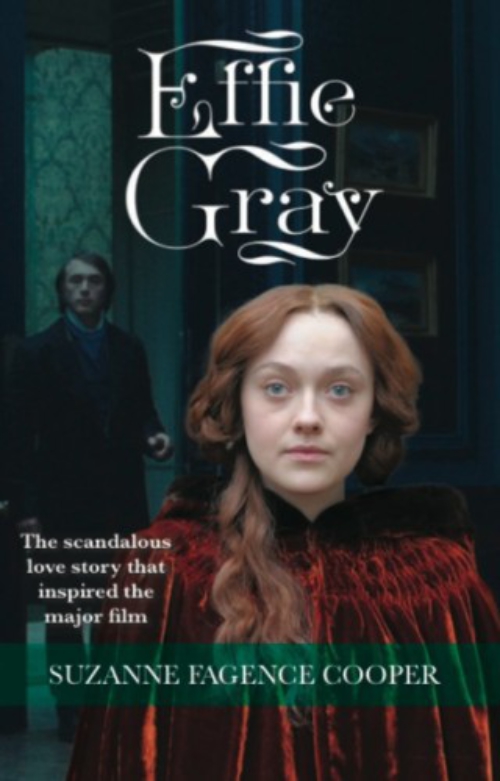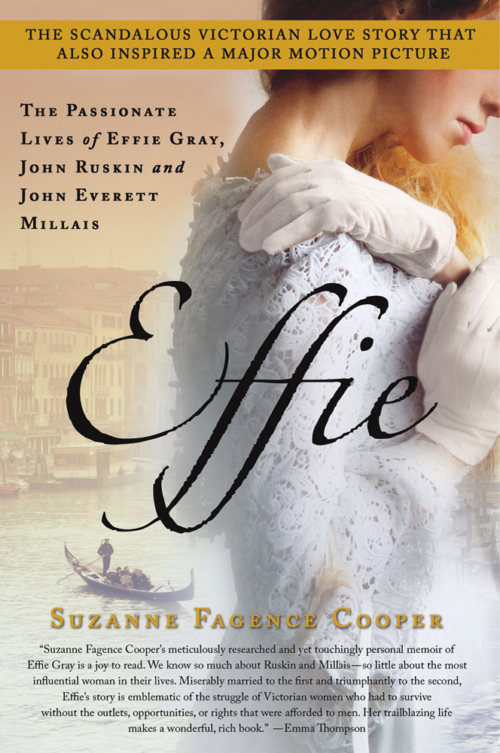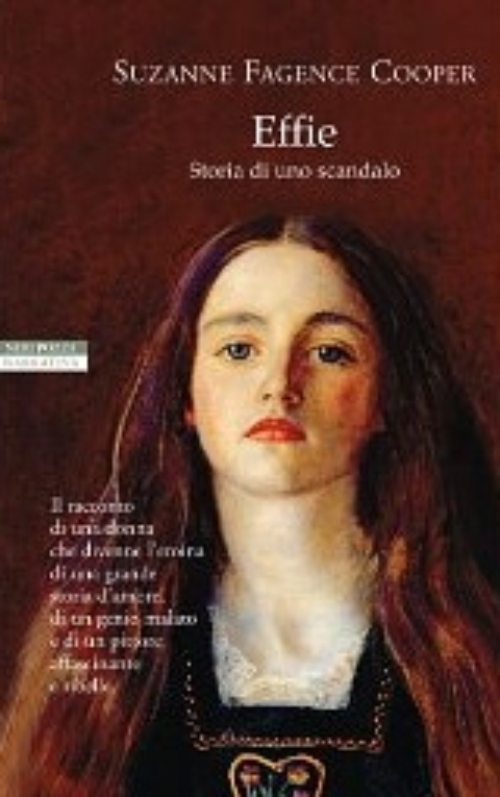Dr Suzanne Fagence Cooper

Dr Suzanne Fagence Cooper
Dr. Suzanne Fagence Cooper was educated at Merton College, Oxford, Christie's Education and the Courtald Institute before becoming a curator at the Victoria & Albert Museum. As a Research Fellow, she co-curated the V&A's major exhibition 'The Victorian Vision.' She became an Honorary Research Fellow at York University, and Research Curator at York Art Gallery, where she worked on the exhibition 'Ruskin, Turner & the Storm Cloud'. She is a Trustee of the Burne-Jones catalogue raisonné and has been commissioned by Andrew Lloyd Webber to research Pre-Raphaelite pictures in his collection.
Suzanne's published work includes numerous articles on Victorian art, design and society. She has a particular interest in the history of women. Her book Pre-Raphaelite Art in the Victoria and Albert Museum(V&A Publications, 2003) made a substantial contribution to the understanding of this radical group of Victorian artists. She also lectures on 20th century British artists, including Eric Ravilious and John Piper.
Her knowledge of British art and culture has led to many broadcast appearances. She has been interviewed for BBC Radio and television, and has worked as a consultant for film and TV programmes. She was historical consultant for Ashley Pharoah on 'The Living and the Dead' (BBC 2) and for Ralph Fiennes on his film about Dickens, 'The Invisible Woman'. She has also advised on the Agatha Christie film, 'See How They Run'. She travels widely as an invited speaker for Cunard, the Art Fund and the Arts Society, and leads art history groups for ACE Cultural Tours in Britain and France.
Books
How We Might Live: At Home with Jane and William Morris
Rights
Endorsements
Lyrical [...] enjoyable.
Jane is fortunate in her biographer.
Well researched and extensive.
[Cooper] traces the Morrises' shared and separate lives with clarity and judicious assessment.
Fagence Cooper succeeds, against the odds, in restoring some reality to our view of Jane Morris, giving a proper sense of a woman with striking gifts and talents identifiably her own.
Delightful, accessible and insightful.
Jane Morris's creative influence on her husband's design empire has finally been revealed in a new book [...] the first joint biography of the couple will shine a light on their personal and creative partnership, and reassert the rightful place of Jane Morris - a skilled embroiderer and talented designer - in the history books.
Synopsis
For the first time, a joint biography of William Morris and his creative partner and wife, Jane Morris.
William Morris – poet, designer, campaigner, hero of the Arts & Crafts movement – was a giant of the Victorian age. His beautiful creations and provocative philosophies are still with us today: but his wife Jane is too often relegated to a footnote, an artist’s model given no history or personality of her own.
In truth, Jane and William's personal and creative partnership was the central collaboration of both their lives. The homes they made together – at Red House, Kelmscott Manor and in London – were gathering places for artists, writers and radical thinkers. Through their domestic life and the things they collected and made, Jane and William explored how we all might live a life more focused on beauty and fulfilment. As William said, ‘The secret of true happiness lies in taking a genuine interest in all the details of daily life’.
In How We Might Live, Suzanne Fagence Cooper explores the lives and legacies of Jane and William Morris, finally giving Jane's work the attention it deserves and taking us inside their world of unparalleled creativity.
To See Clearly: Why Ruskin Matters
Rights
Endorsements
Brilliant
Thematically discussing various aspects of the great Victorian sage John Ruskin’s thinking, it also transforms into an affecting account of what it must be like to have a great mind, great enough to realise its own disintegration.
Synopsis
'To see clearly is poetry, prophecy, religion, all in one'
John Ruskin - born 200 years ago, in February 1819 - was the greatest critic of his age: a critic not only of art and architecture but of society and life. But his writings - on beauty and truth, on work and leisure, on commerce and capitalism, on life and how to live it - can teach us more than ever about how to see the world around us clearly and how to live it.
Dr Suzanne Fagence Cooper delves into Ruskin's writings and uncovers the dizzying beauty and clarity of his vision. Whether he was examining the exquisite carvings of a medieval cathedral or the mass-produced wares of Victorian industry, chronicling the beauties of Venice and Florence or his own descent into old age and infirmity, Ruskin saw vividly the glories and the contradictions of life, and taught us how to see them as well.
Effie Gray
Rights
Endorsements
A joy to read. A wonderful, rich book.
This is an exceptional book about an exceptional trio and the exceptional families that formed them.
Effie Gray's story is extraordinary and Cooper feasts upon it with appetite [...] I cannot recommend Fagence Cooper's biography of Effie Gray more highly to anyone with a heart, a liking for a good read and an interest in things Victorian.
Synopsis
The love story that inspired the film starring Dakota Fanning and Emma Thompson.
The Scottish beauty Effie Gray is the heroine of a great Victorian love story. Married at 19 to John Ruskin, she found herself trapped in an unconsummated union. She would fall in love with her husband’s protégé, John Everett Millais, and inspire some of his most memorable art, but controversy and tragedy continued to stalk her.
Suzanne Fagence Cooper has gained exclusive access to Effie’s family letters and diaries to show the rise and fall of the Pre-Raphaelite circle from a new perspective, through the eyes of a woman whose charm and ambition helped to shape the careers of both her husbands. Effie Gray is a compelling portrait of the extraordinary woman behind some of the greatest paintings of the Victorian era.

